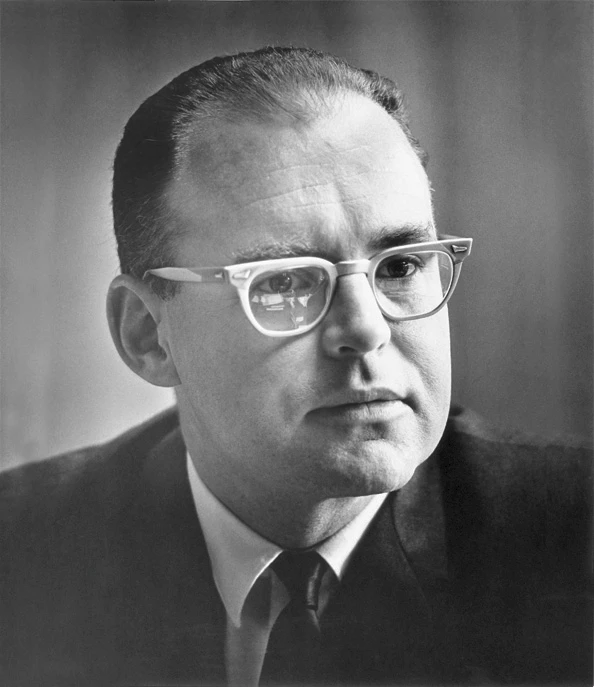Rewriting Moore’s Law

The hegemony of Moore’s Law over the IT industry is reaching its predictable end. In just a few years, we will look back on the 1965-2015 half-century as the golden age of microprocessors.What is Moore’s Law?Gordon Moore’s maxim has been so bandied around, mainly by the press, that it is worth checking what the future cofounder of Intel actually said.

The hegemony of Moore’s Law over the IT industry is reaching its predictable end. In just a few years, we will look back on the 1965-2015 half-century as the golden age of microprocessors.
What is Moore’s Law?
Gordon Moore’s maxim has been so bandied around, mainly by the press, that it is worth checking what the future cofounder of Intel actually said.
In 1965, for its 35th anniversary issue, Electronics magazine asked Gordon Moore, then head of R&D at Fairchild Semiconductor, to make predictions for the following decade of the electronics industry.
The resulting article, entitled “Cramming More Components onto Integrated Circuits” 1, extrapolated on the basis of the development of integrated circuits since their invention, in 1958. Moore predicted that the falling cost of integrated circuits would extend their reach to every aspect of life. He further predicted that silicon would remain the main medium of this revolution.
Moore also explained that the cost of each component was inversely proportional to the number of components that would fit on a single circuit, up to a limit. Therefore, a component for a 40-component circuit would be cheaper to fabricate than one for a 10-component circuit, as the fabrication cost of circuits is fixed regardless of what they hold. However, once a certain level of complexity is reached, the unit cost of components rises again. At the time when Moore was writing his article, the minimum unit cost of components was reached when 50 components were used per circuit.

[Fig. 1, “Cramming More Components onto Integrated Circuits”, 1965.]
Moore predicted that, 5 years later, in 1970, the number of components per integrated circuit for minimum cost would be 1,000 components (103) and that by 1975, this number would be 65,000. Moore confidently forecast that such a large circuit could be built on a single silicon wafer of about ¼ of a square inch (1.6 cm2). All of his predictions materialized.
Moore estimated that the complexity for minimum component costs would increase at a rate of a factor of two per year. This is a more complex notion than the gross oversimplification oftentimes sold as “Moore’s law”. Moore was in fact referring to the evolution of density at minimum cost per component.

[Gordon Moore, circa 1968.]
In 1975, in light of technological progress which was by then predictable, Moore revised his rate by a factor of two every two years from 1980 on 2.
As we can see, “Moore’s law” is not in fact a law, but rather a conjecture which held true for years, far longer than Moore himself predicted (his 1965 forecast only covered the following decade).
In 1997, Moore stated that, around 2017, microprocessor density would hit its limit at atomic levels.
The End of Moore’s Law
Given the ubiquity of microchips, the end of “Moore’s law” will have an impact on every sector of activity.
Since the end of the 2010s, we’ve already been feeling an easing of the pace. New generations of microchips are emerging more slowly, clock speeds have stopped increasing, individual transistor costs have plateaued. “Moore’s Law” is slowly grinding to a halt.
As Moore and others had predicted at the end of the last century, the evolution of the density and performance of processors is constrained by the inescapable laws of physics (which are real laws). Technological progress is such that nowadays, transistors are just a few dozen atoms thick. We’ve pretty much hit a wall in terms of density. Of course, some gains are still possible – we could achieve thicknesses of 2 nm, or about 10 atoms, in the next few years – but the pace of Moore’s law is no longer sustainable.
We have basically reached the end of the era where progress consisted in increasing transistor density. Nowadays, industry must think differently, by optimizing processor design, and doing away with obsolete architectures, to make gains in terms of performance. And we can confidently predict that the pace of Moore’s Law will soon be a thing of the past.

References
- (1) Moore, Gordon E. “Cramming More Components onto Integrated Circuits.” Electronics, vol. 38, no 8. (19 avril 1965), p. 114-117.
- (2) Moore, Gordon E. “Progress in Digital Integrated Electronics.” IEEE, IEDM Tech Digest, (1975), p. 11-13.
